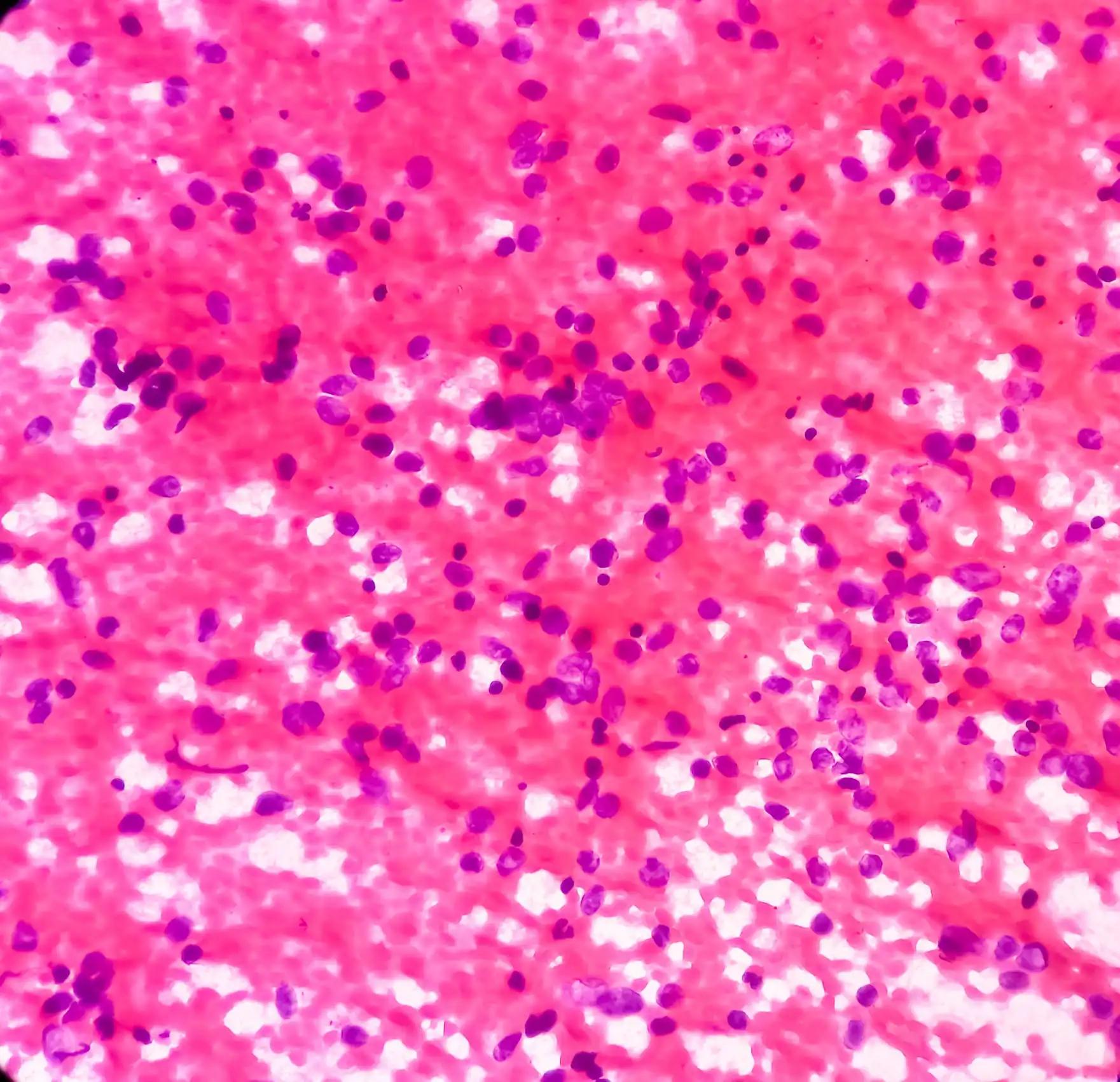KEY TAKEAWAYS
- The KEYNOTE-585 study, phase 3 trial, aimed to investigate the safety and efficacy of pembro with chemo, in locally advanced, resectable G/GEJ cancer pts.
- The endpoints were safety, BICR, EFS, and OS.
- Researchers noticed that neoadjuvant/adjuvant pembro + FLOT was feasible with no new safety concerns.
The KEYNOTE-585 study conducted a phase 3 evaluation focusing on neoadjuvant/adjuvant pembrolizumab (pembro) or placebo (pbo) in combination with chemotherapy (chemo), followed by adjuvant pembro versus pbo in patients (pts) with locally advanced, resectable gastric or gastroesophageal junction cancer (G/GEJ). Additionally, Salah-Eddin Al-Batran and his team aimed to assess the efficacy and safety of pembro + FLOT (FLOT cohort), with results presented from the third interim analysis.
Researchers performed an inclusive analysis within the FLOT cohort, where pts with untreated, locally advanced, resectable gastric or gastroesophageal junction (G/GEJ) cancer were randomized in a 1:1 ratio. The neoadjuvant phase involved administration of either pembro 200 mg IV Q3W (pembro gp) or placebo (pbo gp) Q3W for 3 cycles + FLOT (docetaxel, oxaliplatin, leucovorin, and 5-FU) Q2W for 4 cycles. Following surgery, pts received adjuvant pembro or pbo Q3W for 3 cycles, in addition to FLOT Q2W for 4 cycles. Subsequently, adjuvant pembro or pbo Q3W continued for 11 cycles. Endpoints, including safety, pathological complete response (pathCR) rate assessed by the blinded independent central review (BICR), event-free survival (EFS) by RECIST 1.1 as evaluated by the investigator, and overall survival (OS), were examined in the intent-to-treat (ITT) population. The data cut-off for this analysis was conducted at the third interim analysis on February 9, 2023.
About 203 pts underwent randomization, with 100 receiving pembro plus FLOT (pembro group) and 103 receiving pbo plus FLOT (pbo group). Baseline characteristics included 12 pts (6%) with cT1-T2, 161 (79%) with cT3, and 9 (4%) with cT4 tumors. Additionally, 140 pts (69%) had N+ disease, and 79 (39%) presented with GEJ adenocarcinoma. The median follow-up was 31.6 months for the pembro group and 31.1 months for the pbo group at the third interim analysis.
During the study phases, 94 out of 99 pts (95%) completed the neoadjuvant phase, 87 out of 99 (87%) completed the surgery phase, and 45 out of 77 (58%) completed adjuvant treatment. The R0-resection rate was 79% in the pembro group and 80% in the pbo group. The pathCR rate was 17.0% (95% CI, 10.2-25.8) in the pembro group and 6.8% (95% CI, 2.8-13.5) in the pbo group, with an estimated difference of 10.2% (95% CI, 1.3-19.7).
The median EFS was not reached (95% CI, 28.2-NR) in the pembro group and 30.9 months (95% CI, 22.8-NR) in the pbo group, resulting in a hazard ratio (HR) of 0.79 (95% CI, 0.52-1.22). The 24-month EFS rates were 66% and 57%, respectively. Median OS was not reached in either group, with an HR of 1.04 (95% CI, 0.66-1.66) and 24-month OS rates of 72% and 73%, respectively.
Grade ≥ 3 drug-related adverse event (AE) rates across all phases combined were 76% in the pembro group and 63% in the pbo group. Serious drug-related AEs occurred in 42% vs. 20%, and surgery-related AEs were noted in 20% vs. 13% in the pembro vs. pbo groups, respectively. 3 pts (3%) in the pembro group and 1 patient (1%) in the pbo group died due to drug-related AEs.
The study concluded that neoadjuvant/adjuvant pembro + FLOT was feasible, demonstrating no new safety concerns. Notably, the combination exhibited favorable outcomes regarding PathCR and EFS compared to pbo plus FLOT in pts with untreated, locally advanced, resectable G/GEJ cancer.
The study is sponsored by Merck Sharp & Dohme LLC
Source: https://meetings.asco.org/abstracts-presentations/230871
Clinical Trial: https://clinicaltrials.gov/study/NCT03221426
Batran S E A, Shitara K, Folprecht G, et al. (2023).” Pembrolizumab plus FLOT vs FLOT as neoadjuvant and adjuvant therapy in locally advanced gastric and gastroesophageal junction cancer: Interim analysis of the phase 3 KEYNOTE-585 study.” DOI: 10.1200/JCO.2024.42.3_suppl.247, (Abstract #247).



